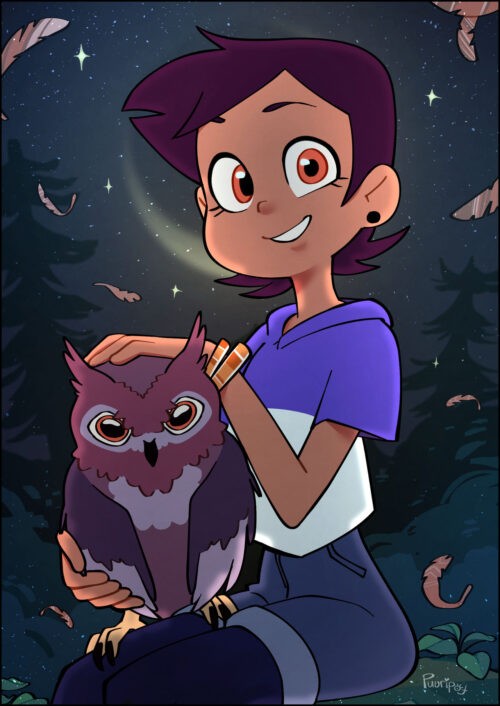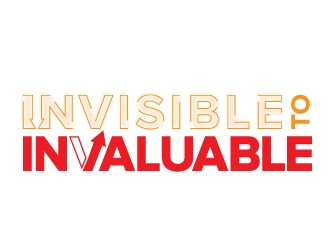

And when you do slip over the threshold, it’s just another development in the story you’re creating and living through. If failure isn’t game over, it’s still nail-biting when to come close to it. Mentally acclimatising to how much of your story has been lost forces you to disengage from it, and you have to build up all that immersion again from scratch. It pulls you out of the game, and you find yourself in a menu, then at a checkpoint or a savegame. Each one interrupts your immersion and ends your investment in this current run. But if failure is a ‘game over’ screen, spending a lot of time on the cusp of failure means a lot of ‘game over’ screens.

If you were this close to being seen, your escape is exhilarating. Every encounter and decision you make as you play is moving you up or down on that spectrum, so you care about them all.Ī big failure spectrum is good because a lot of the most emotional moments in a game happen on the cusp of failure. How much you care about each of those things is subjective in some cases, but together they form a huge range of possible outcomes. Get what you want without using the ‘Rewind’ function.Get what you want without hurting anyone.

Get what you want without killing anyone.The whole team gets injured and therefore everyone dies, game over.Someone gets injured and you have to leave them behind, losing them forever.Someone gets injured and you can’t revive them, but you drag them to the exit (thanks, Skeed in the comments!).Someone gets injured but the other agent revives them.Someone gets knocked out but not injured.Get seen, but slip away before anyone is hurt.Get what you want without being noticed.Leave with some of your money and equipment left.Leave with more money and equipment than you spent.Leave with all of the money and equipment in the level without losing any.In Invisible Inc, there are a few different failure spectrums that you could break down something like this: When you can fail at something but still carry on playing, I call the range of states between perfect success and total failure a ‘failure spectrum’: there’s a spectrum of possible outcomes, and screw-ups can move you towards the failure end and recoveries can (sometimes) move you back up towards success. That doesn’t always tell you exactly where these unknown enemies are, but it gives you perfect, reliable, hard-and-fast intel about the most crucial thing you could want to know: if I move there, will I be seen? Having that intel, and being able to rely on it, makes Invisible Inc a game of strategy rather than one of guesswork and risk management. The vision of enemies, even enemies you don’t know about, shows up as if it were bright red light. You can only see areas your agents and hacked cameras can see, but: you can see if those areas are being watched. Invisible Inc’s is subtle but extremely powerful. I decided to go all the way in Gunpoint and let you see everything at all times. Far Cry 4 lets you tag people to see them through walls. Human Revolution lets you switch to third person to see round corners. Deus Ex makes your enemies short sighted. I think every stealth game I like gives you an unrealistic intel advantage. I was distraught at a) wasting my only shot on a guard who could have been tazed, and b) raising the alarm level by tripping his heatbeat sensor. I’d set them in overwatch to hopefully take out a drone, but a human guard walked in front of them. It says something that the last horrifying, gasp-out-loud moment I had in Invisible Inc was when one of my agents shot and killed someone. These tensions and trade-offs are what you’re worrying about on a moment-to-moment basis. Your tazer only knocks guards out temporarily, and needs time to recharge, leaving you vulnerable. Being seen by a camera will raise the alarm level and bring guards running, but not fail or damage you.
The edge of a guard’s vision will cause you to be ‘noticed’, causing the guard to come closer on his next turn. Being directly seen is a rare, crisis-level event, but lots can happen between ‘perfect stealth’ and ‘caught at gunpoint’. This makes it feel much cleaner and more satisfying than turn-based gunfights, but no less tense or eventful. But instead of optimising accuracy percentages, you’re trying to avoid being seen at all – and usually succeeding. As in XCOM, there are lots of interesting considerations to precisely where you should move each team member each turn.


 0 kommentar(er)
0 kommentar(er)
